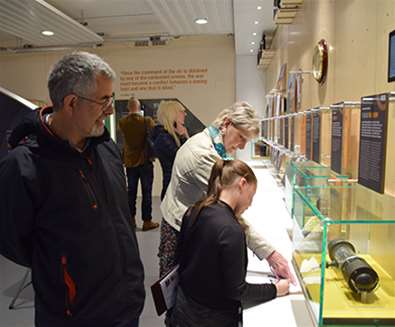
On 24th September 1937, RAF Bawdsey became the first fully operational Radar station in the world.
In the years immediately following the Great War, protecting the UK from attack was discussed at length by those responsible for the country’s defence. It took more than a decade for an air-defence exercise to be carried out.
In 1934, more than half of the bombers involved in the exercise got past the defences, despite their routes being known. This less-than-satisfactory outcome led the Air Ministry to investigate the idea of radio ‘death rays’ which would eliminate or disable pilots and their aircraft.
The Scots physicist Robert Watson-Watt, supervisor of a national radio research laboratory and descendant of James Watt, inventor of the first practical steam engine, was contacted and asked for his views. Watson-Watt dismissed the idea of death rays but said that radio beams could be bounced off enemy aircraft to detect them. He asked his assistant, Arnold “Skip” Wilkins, to undertake calculations to demonstrate the feasibility of ‘aircraft detection by radio waves’.
On 26 February 1935, Watson-Watt and Arnold Wilkins successfully demonstrated their system using a BBC transmitter, and managed to pick up a bomber being used as a test target. In May 1935 Watson-Watt, Wilkins and a small team of scientists moved to Orfordness to conduct a series of historic experiments over the sea that would lead to the world’s first working ‘RADAR’ system.
It soon became apparent that Orford Ness was inadequate for further research and the Bawdsey Manor Estate was purchased for £24,000.
Today,
Bawdsey Radar now houses an interactive exhibition and displays that tell the story of the women and men who, in top secret conditions, developed radar that played such a crucial role in the Battle of Britain.